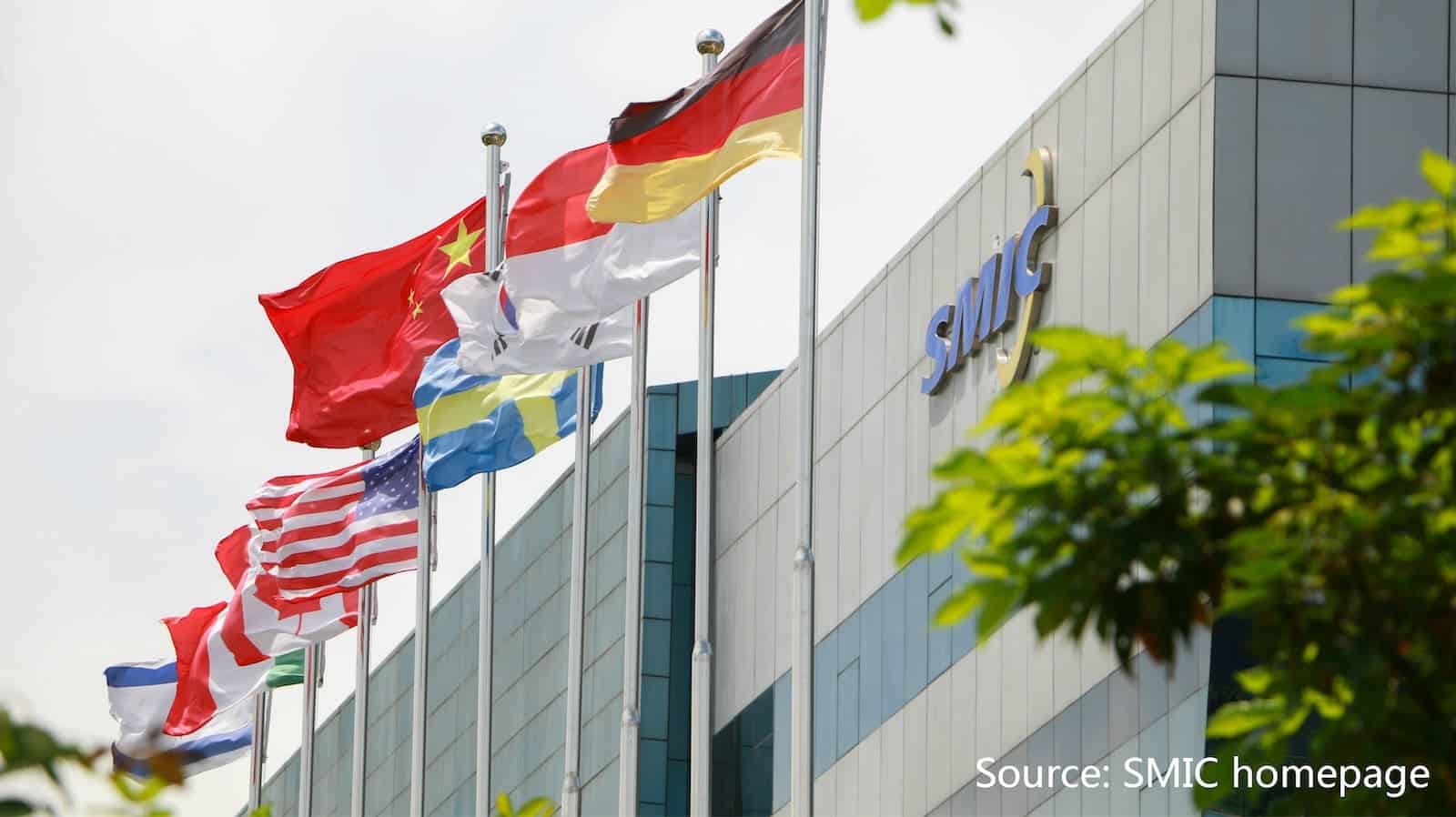Despite the sanctions imposed by the United States, China has shown remarkable resilience in the semiconductor industry. SMIC (Semiconductor Manufacturing International Corporation), the leading Chinese chip manufacturer, has succeeded in developing the country’s first 5-nanometer processor, marking a significant milestone in its technological progress.
SMIC and Huawei: A Strategic Alliance
SMIC, which has been a crucial pillar for Huawei, has made significant advances using older technologies and equipment, in which it has invested billions. The company had already demonstrated its capabilities with the Kirin 9000S and Kirin 9010 processors, which dominate the 7-nanometer process. Now, with the development of the 5-nanometer processor, SMIC directly challenges the Biden administration.
Overcoming Technological Obstacles
SMIC’s achievement is even more impressive considering that it has been accomplished without the use of advanced extreme ultraviolet (EUV) machines from ASML, which have been restricted by US sanctions. Instead, SMIC has used self-aligned quadruple patterning (SACQ) technology and deep ultraviolet (DUV) machines to achieve the 5-nanometer process.
A Milestone Redefining Global Competition
SMIC has entered the list of the world’s largest wafer foundries for the first time, occupying the second position. Although still behind TSMC, the industry leader that has received significant subsidies from the US government, SMIC’s progress under current restrictions is notable.
The Future of Mass Production
SMIC’s ability to mass-produce these new processors remains a crucial issue. The yield per wafer may not be as high as that of competitors using more modern equipment. However, the determination and support from the Chinese government suggest that they will continue to advance.
Global Implications
SMIC’s success represents a significant challenge not only to the United States but also to other semiconductor manufacturers like Samsung and TSMC. Competition in the high-performance chip market could intensify, especially with the rise of patriotic consumption in China that could impact South Korean companies.
In Summary
The development of the 5-nanometer processor by SMIC underscores China’s ability to innovate and overcome technological barriers imposed by international sanctions. This achievement not only challenges the United States but also redefines the global competitive landscape, highlighting the importance of resilience and innovation in a climate of escalating trade tensions.
For more information, visit SMIC and Technode.

